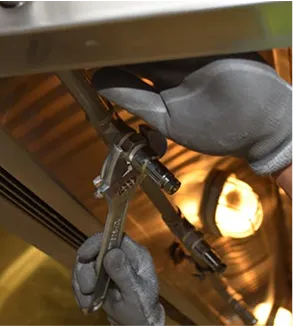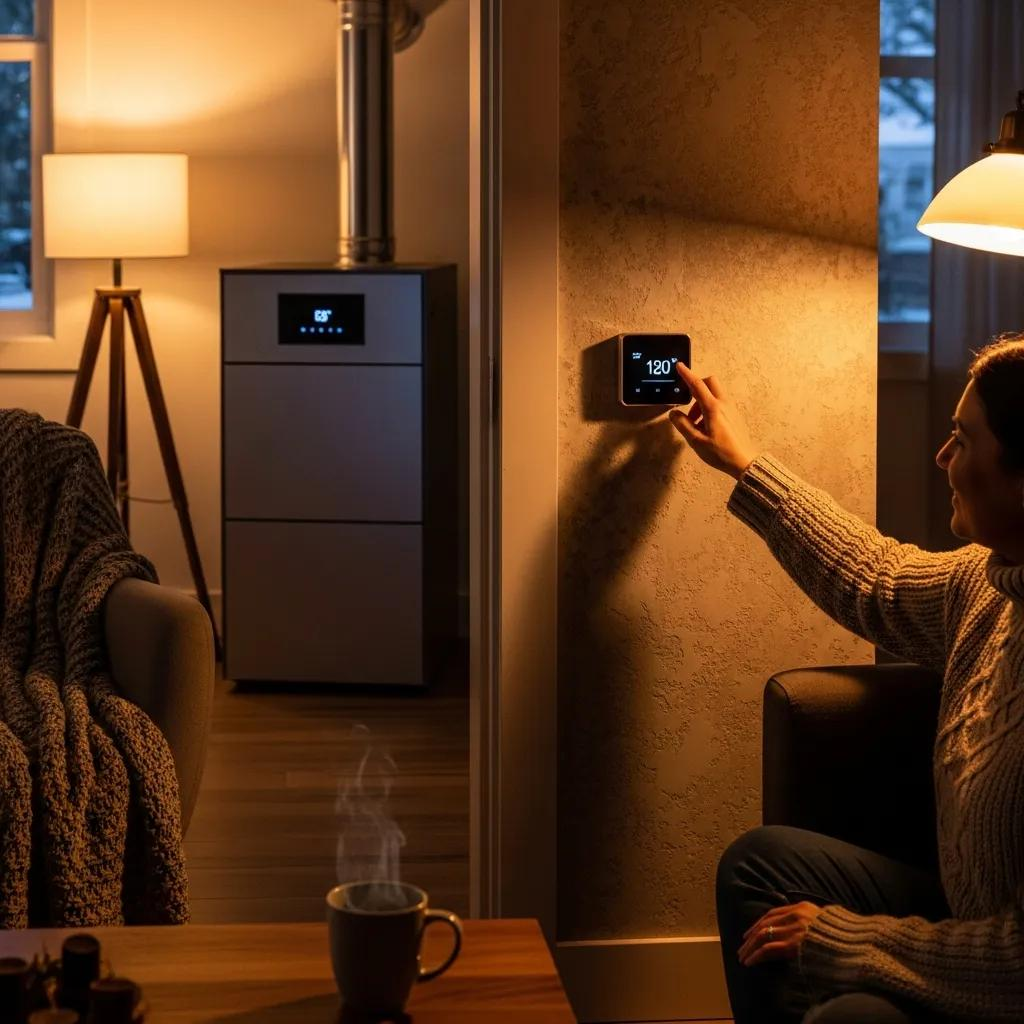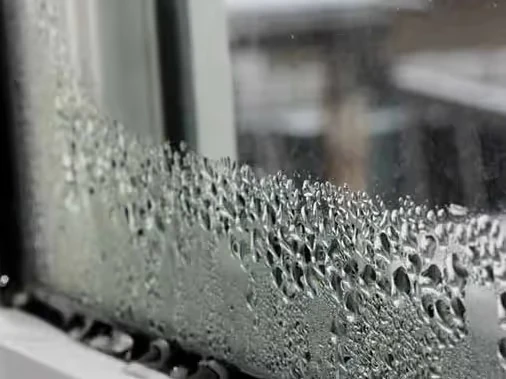
The windows in your home are a portal to the outdoors, a way to draw light in when you enjoy the view of your garden, yard or scenery. The last thing you would want to see is a sweaty window covered in a film of condensation.
Not only are windows coated in condensation unappealing, they also can be a symptom of a larger air-quality deficit within your home. Thankfully, there’s multiple things you can attempt to address the problem.
What Causes Condensation on Windows
Condensation on the inside of windows is produced by the humid warm air in your home hitting the colder surface of the windows. It’s notably prevalent around the winter when it’s much colder outside than it is in your home.
Inside Moisture vs. In Between Panes
When talking about condensation, it’s necessary to understand the difference between moisture on the inside of your windows in comparison to moisture in between the windowpanes. One is an indoor air quality issue and the other is a window issue.
- Moisture within a window is created from the warm damp air throughout your home condensing against the glass.
- The moisture you find between windowpanes is produced when the window seal breaks down and moisture slips between the two panes of glass, and at that point the window has to be repaired or replaced.
- Condensation inside the windows isn’t a window issue and can instead be resolved by changing the humidity across your home. Different things produce humidity in a home, like showers, cooking, laundry or even breathing.
Why Condensation on Windows Can Be Trouble
Although you might think condensation inside your windows is a cosmetic issue, it may also be indicating your home has excess humidity. If this is the case, water might also be accumulating on window frames, cold walls or other surfaces. Even a thin film of water can help wood surfaces to mildew or rot over time, increasing the growth of mildew or mold.
How to Decrease Humidity Inside Your Home
Fortunately, there are various options for eliminating moisture from the air inside your home.
If you have a humidifier active in your home – whether it be a smaller unit or a whole-house humidifier – lower, it further so the humidity inside your home comes down.
If you don’t have a humidifier active and your home’s humidity level is high, think about purchasing a dehumidifier. While humidifiers put moisture into your home, so the air doesn’t dry out, a dehumidifier pulls excess moisture out of the air.
Smaller, portable dehumidifiers can eliminate the water from one room. However, portable units require emptying water trays and most often service a somewhat limited area. A whole-house dehumidifier will extract moisture from your entire home.
Whole-house dehumidifier systems are controlled by a humidistat, which allows you to specify a humidity level the same as you would select a temperature via your thermostat. The unit will run immediately when the humidity level surpasses the set level. These systems collaborate with your home’s HVAC system, so you should contact qualified professionals for whole-house dehumidifier installation.
Other Ways to Eliminate Condensation on Windows
- Exhaust fans. Adding exhaust fans in humidity hotspots such as the bathroom, laundry room or above the stove can help by pulling the warm, moist air from these spaces out of your home before it can increase the humidity level in your home.
- Ceiling fans. Running ceiling fans can also keep air flowing inside the home so humid air doesn’t get trapped in one spot.
- Opening your window treatments. Opening the blinds or drapes can decrease condensation by preventing the humid air from being stuck against the windowpane.
By lowering humidity across your home and dispersing air throughout your home, you can take advantage of clear, moisture-free windows even in the winter.
Related Blogs
Customer Testimonials


Financing


Latest Blogs

Troubleshooting Common Furnace Issues

Heat Pump Defrost Issues: Solving Your Icing Dilemma











.jpeg)